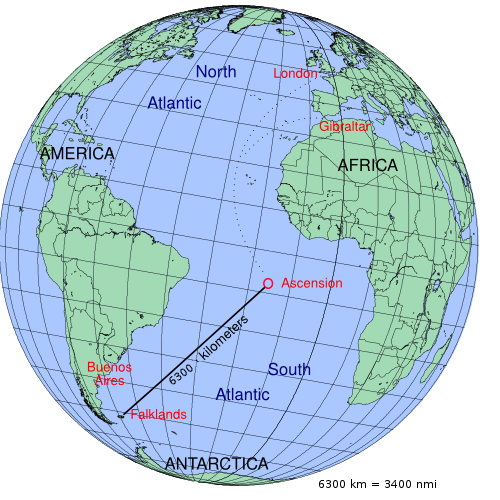IMO the B-21 would be more interesting if there was a navalised or naval variation or it took on antishipping roles in a significant way. Carrying 30 LRASM, longer range Aim-9x (with antishipping capability), air launched SM-6 for long range air to air. Something that has a bit more speed for a high speed dash. But then that looks like it doesn't fit the B21 original mission at all. The F111 ended up being somewhat ideal, because it was going to be a naval aircraft, so there was a mission envisaged for it and major design and technological features were included, even though it never saw service in the USN, and the F-14 was a better fit for the USN. I think its a program certainly Australia should be looking at, for sure, and for the US to base them here, again, could be very useful. Maybe that is a discussion the USAF/USN and Australia could have and developments in that space. Having input in F/A-XX program might be useful.

From Christmas Island
737 (P8/E7) can be based, sort of, out of Christmas Island, or Manus Island. They can certainly, land, refuel and fly out again, allowing for a very long time on station, even without access to Butterworth. To gain access further north involves flying over Indonesia, which I am not sure the Americans will perhaps want, given Indonesia's sometime acquires Russian military tech, including radars. Where as the 737 is nothing particularly interesting on the radar, just another of the thousands of 737 flying in the region. Flying north, really unless we are bombing Phillpines, Indonesia, Malaysia, Singapore there are really no good land targets for an Australian based B21 to hit, unless we are going after the outer islands of China. Which we certainly wouldn't be doing alone, and having some B21 under Australian command isn't going to make a difference. The P8 has 11 hardpoints. The P8 is already doing high tempo operations. Chaff is being put into its engines. Its out and about today.
P8's can definitely hit ships and submarines today, with weapons we have, today, the B21 isn't designed to do that at all (perhaps antishipping sometime in the distant future after nuclear weapons and conventional weapons and cruise missiles). In terms of closing the straits a 737 based platform makes much more sense. Also the USAF is putting ~6 B-52's in Australia, that is a heck of a lot of bomb truck for our region.
And really that is what we will be focused, on, not fighting in mainland China. We are too far away for that. Its control of sea lanes and the straits. Which are and will be super important. It may just be that China decides its so important they will through a good portion of its forces down there, to crush us, and our allies, and keep them open for Chinese shipping, and close them for SK/TW/JP/US. That isn't a 2040 or 2050 fear, that is a 2025-2030 fear.
Which is why IMO more P8's seem more likely than B21's. I am also thinking we might get more Superhornets rather than F-35's.

From Christmas Island
737 (P8/E7) can be based, sort of, out of Christmas Island, or Manus Island. They can certainly, land, refuel and fly out again, allowing for a very long time on station, even without access to Butterworth. To gain access further north involves flying over Indonesia, which I am not sure the Americans will perhaps want, given Indonesia's sometime acquires Russian military tech, including radars. Where as the 737 is nothing particularly interesting on the radar, just another of the thousands of 737 flying in the region. Flying north, really unless we are bombing Phillpines, Indonesia, Malaysia, Singapore there are really no good land targets for an Australian based B21 to hit, unless we are going after the outer islands of China. Which we certainly wouldn't be doing alone, and having some B21 under Australian command isn't going to make a difference. The P8 has 11 hardpoints. The P8 is already doing high tempo operations. Chaff is being put into its engines. Its out and about today.
P8's can definitely hit ships and submarines today, with weapons we have, today, the B21 isn't designed to do that at all (perhaps antishipping sometime in the distant future after nuclear weapons and conventional weapons and cruise missiles). In terms of closing the straits a 737 based platform makes much more sense. Also the USAF is putting ~6 B-52's in Australia, that is a heck of a lot of bomb truck for our region.
And really that is what we will be focused, on, not fighting in mainland China. We are too far away for that. Its control of sea lanes and the straits. Which are and will be super important. It may just be that China decides its so important they will through a good portion of its forces down there, to crush us, and our allies, and keep them open for Chinese shipping, and close them for SK/TW/JP/US. That isn't a 2040 or 2050 fear, that is a 2025-2030 fear.
Which is why IMO more P8's seem more likely than B21's. I am also thinking we might get more Superhornets rather than F-35's.


